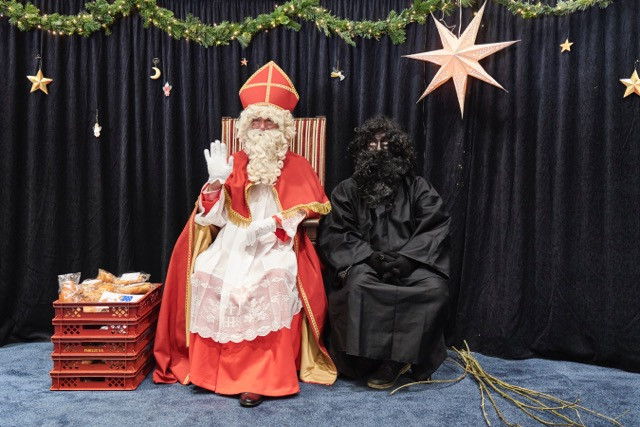Luxembourg’s formal list of national intangible cultural heritage (in English) has three new additions. The list, launched in 2008, already includes traditions such as the Schueberfouer, Octave, Emaischen and the Echternach jumping procession (which is also acknowledged by Unesco in its global intangible cultural heritage list).
Now the celebration of Niklosdag (St. Nicholas day) on 6 December has been added to the list. The citation states that Niklosdag is eagerly awaited by children weeks in advance as it is the day in Luxembourg on which they received gifts and sweets. The celebration of the 4th century bishop who was made the patron saint of children is one of the highlights of the festival season in the grand duchy.
Also added to the list this week were the art of midwifery, which in Luxembourg dates back to the mid-19th century and the first state school for midwives established in 1877 in Pfaffenthal. And the names of recognisable localities and fields such as the Gaalgebierg (gallows hill) in Esch or the Herchesfeld in Roeser (used for horse shows and concerts) as well as specific house names that people might use as orientation points have also been added to the list.
Last year the art of dry-stone walling (as described in this article that appeared in the June edition of Delano) as well as the art of playing the French hunting horn were also added to the national inventory.
